Klimahaus Bremerhaven 8° Ost let me experience the world’s climate zones without ever leaving Germany.
At this museum, I followed the 8th degree of longitude from Switzerland through Africa, Antarctica, and so many places in between—all in one wild day.
Each section pulled me in, letting me see, hear, and feel what life is like in different environments across the globe.
Walking through these realistic settings, I discovered how climate shapes people, animals, and entire regions.
The interactive displays and hands-on activities kept things lively and made me genuinely curious about how weather and climate shape our planet.
This trip really opened my eyes to the challenges and beauty of Earth’s many climates, all under one roof in Bremerhaven.
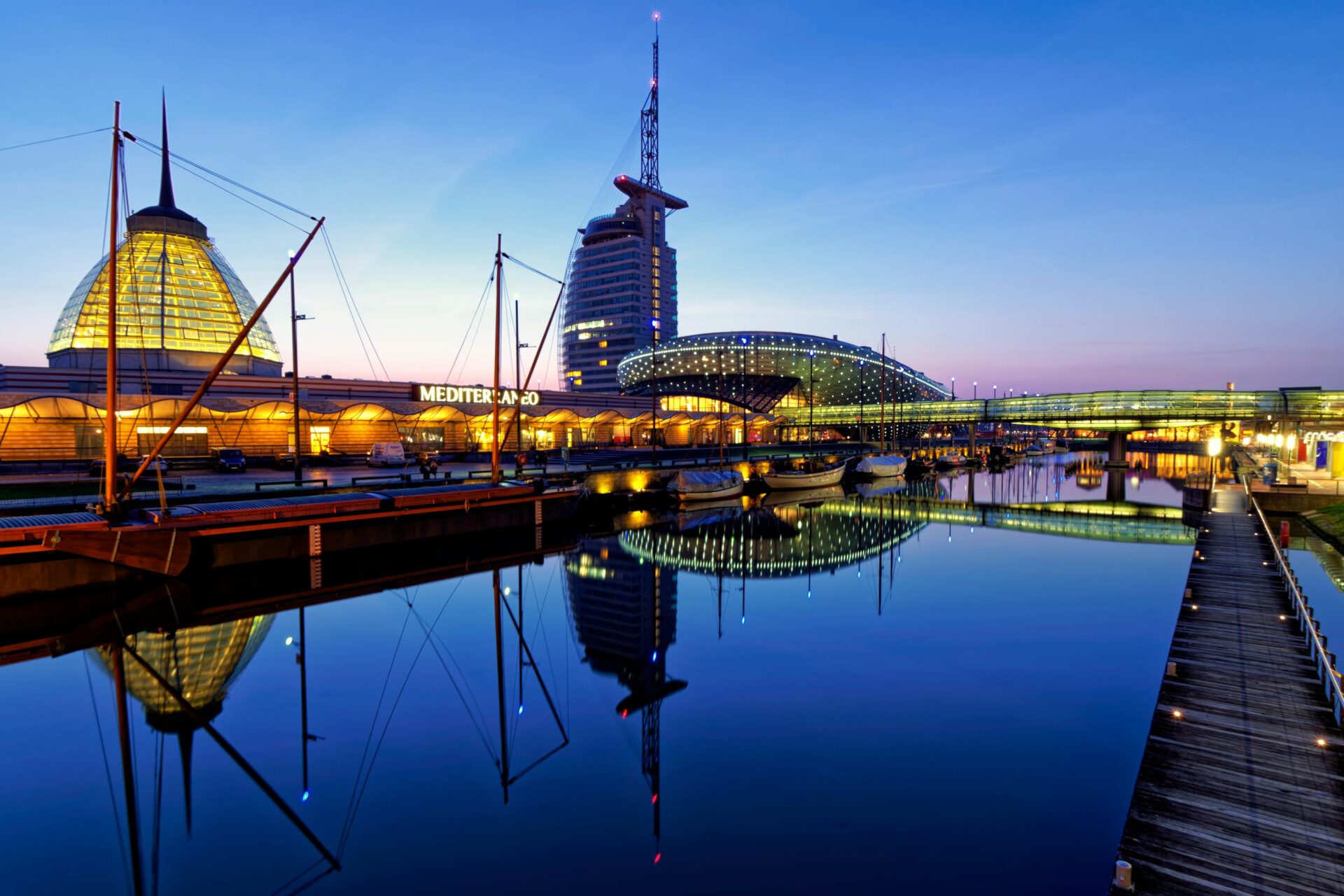
What Is Klimahaus Bremerhaven 8° Ost?
Klimahaus Bremerhaven 8° Ost is a science center and climate museum in Bremerhaven, Germany.
I wandered through immersive exhibits that follow the 8th degree of longitude, letting visitors experience different climate zones, cultures, and the everyday impacts of climate on people.
The Concept Behind the Climate Museum
Klimahaus isn’t your average museum.
It actually made me feel like I was traveling around the world in a single day.
The entire exhibition is set up as a journey along the 8th degree of longitude.
As I moved along, I visited places like the humid Cameroon rainforest, the icy world of Antarctica, and the warm islands of Samoa.
Each section mixed interactive displays, real temperature changes, and stories from people who actually live in those regions.
This travel-based setup made climate science and global weather patterns click for me.
Klimahaus uses hands-on learning stations, videos, and real artifacts to show how climate shapes daily life.
The museum also dives into topics like climate change and how it affects communities worldwide.

Location and Importance on the 8th Degree of Longitude
Klimahaus sits right in Bremerhaven, on Germany’s North Sea coast.
The 8th degree of longitude runs through Bremerhaven, so it’s the perfect spot for this museum.
The route inside follows this exact meridian, connecting all the places I explored.
This theme really sets Klimahaus apart from other science centers.
It helped me see how global locations link together by lines like the 8th longitude, not just by continents or countries.
As I moved through the exhibits, I noticed how the same longitude can have totally different climates from north to south.
The connection to the North Sea coast ties the museum to local maritime history and the nearby Alfred Wegener Institute for Polar and Marine Research.
That adds some extra scientific weight and regional relevance to Klimahaus.
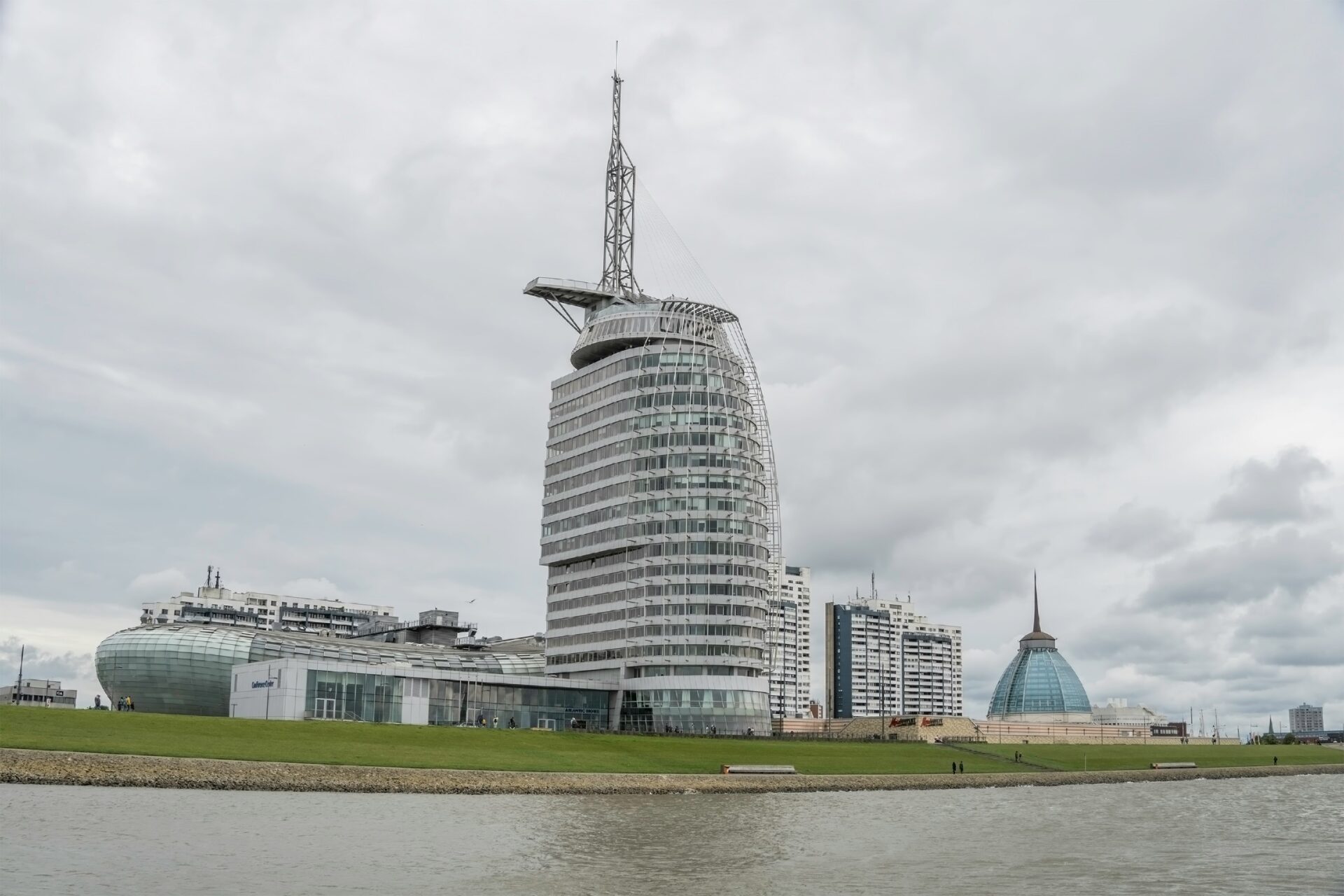
Architectural Highlights and Design
The Klimahaus building caught my attention right away.
It looks like a massive, curved ship docked by the harbor in Bremerhaven.
Modern glass and steel on the outside reflect the theme of travel and the sea.
Inside, the spaces break up into themed climate zones, each with its own temperature, sounds, and sights.
A huge revolving door brings you into a bright, open entrance hall.
The design let me move smoothly from one climate zone to the next.
Interesting features:
- Wide, open exhibition halls
- Themed lighting and sound effects in every zone
- A clear path that follows the 8th longitude
Every part of the design—from the layout to the use of real plants and rocks—helped me feel like I was actually traveling through Earth’s climates.
The details made the whole visit both educational and unforgettable.
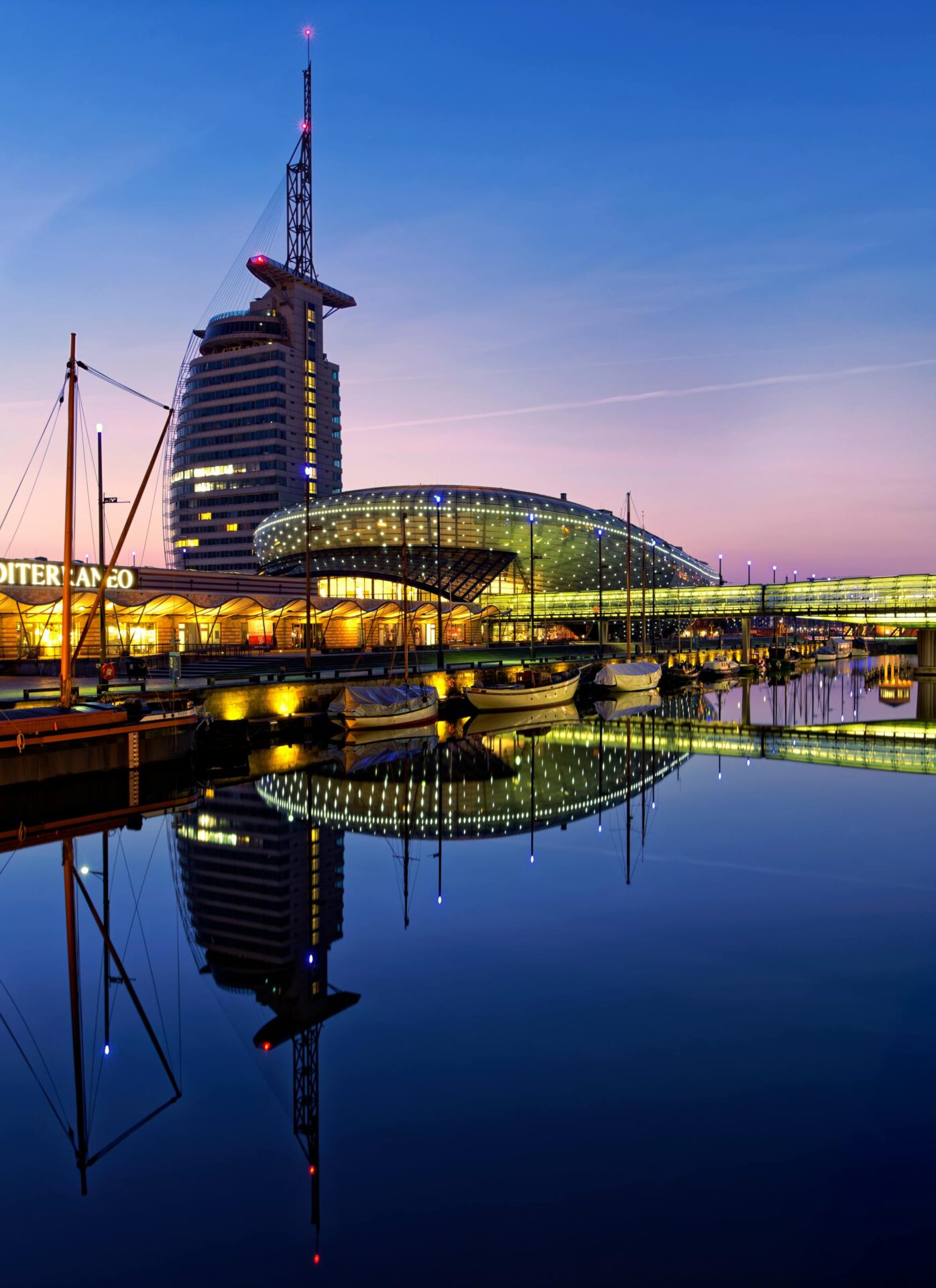
Journey Through Earth’s Climate Zones: The Interactive Path
At Klimahaus Bremerhaven 8° Ost, I followed a path across the globe, passing through real locations that show off the diversity of Earth’s climate.
Each area was built to match the local weather, sights, and sounds, so I could experience everything up close.
Experiencing Different Weather and Temperature Zones
As I started my journey, the atmosphere changed around me with every step.
Klimahaus uses sounds, lighting, scents, and temperature shifts to make each climate zone feel real.
I was honestly surprised by how noticeable the changes were—sometimes warmer, sometimes way colder.
Lights dimmed and the air turned crisp as I stepped into Alpine environments.
In other rooms, the temperature jumped, making it feel like a hot day in the desert.
The exhibits invited me to touch, hear, and smell what it’s like to live in these different places.
Interactive stations showed how climate affects daily life for people worldwide.
For example:
- Thermal cameras revealed my body heat in cold climates.
- Humidity meters let me compare air moisture in rainforests and deserts.
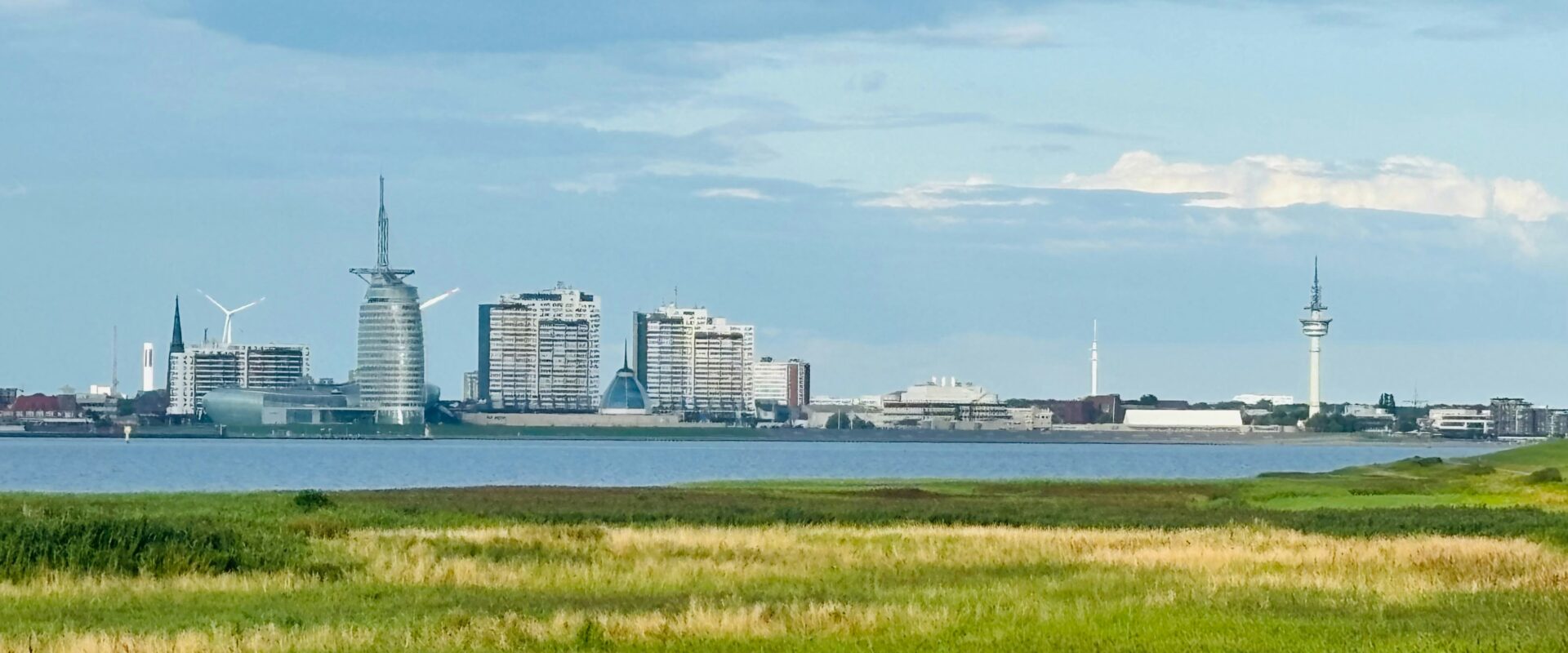
From Switzerland’s Alps to Sardinia’s Sun
My journey kicked off in Switzerland, in the mountain village of Isenthal.
It was chilly, and I could hear faint cowbells and the wind whistling off the Alps.
The air felt fresh, like a winter morning.
As I moved on, I left Switzerland’s cool mountains behind and found myself in Sardinia, Italy.
Here, the temperature climbed, the landscape turned rocky, and I heard insects and distant waves.
It was wild to feel the contrast in warmth, light, and even the smells—from crisp pine in Isenthal to the herbs and salty breeze of Sardinia.
Real stories from people living in these regions played on multimedia displays.
Locals rely on the unique climate for farming and daily routines.
These details made me realize how much climate shapes life in each area.
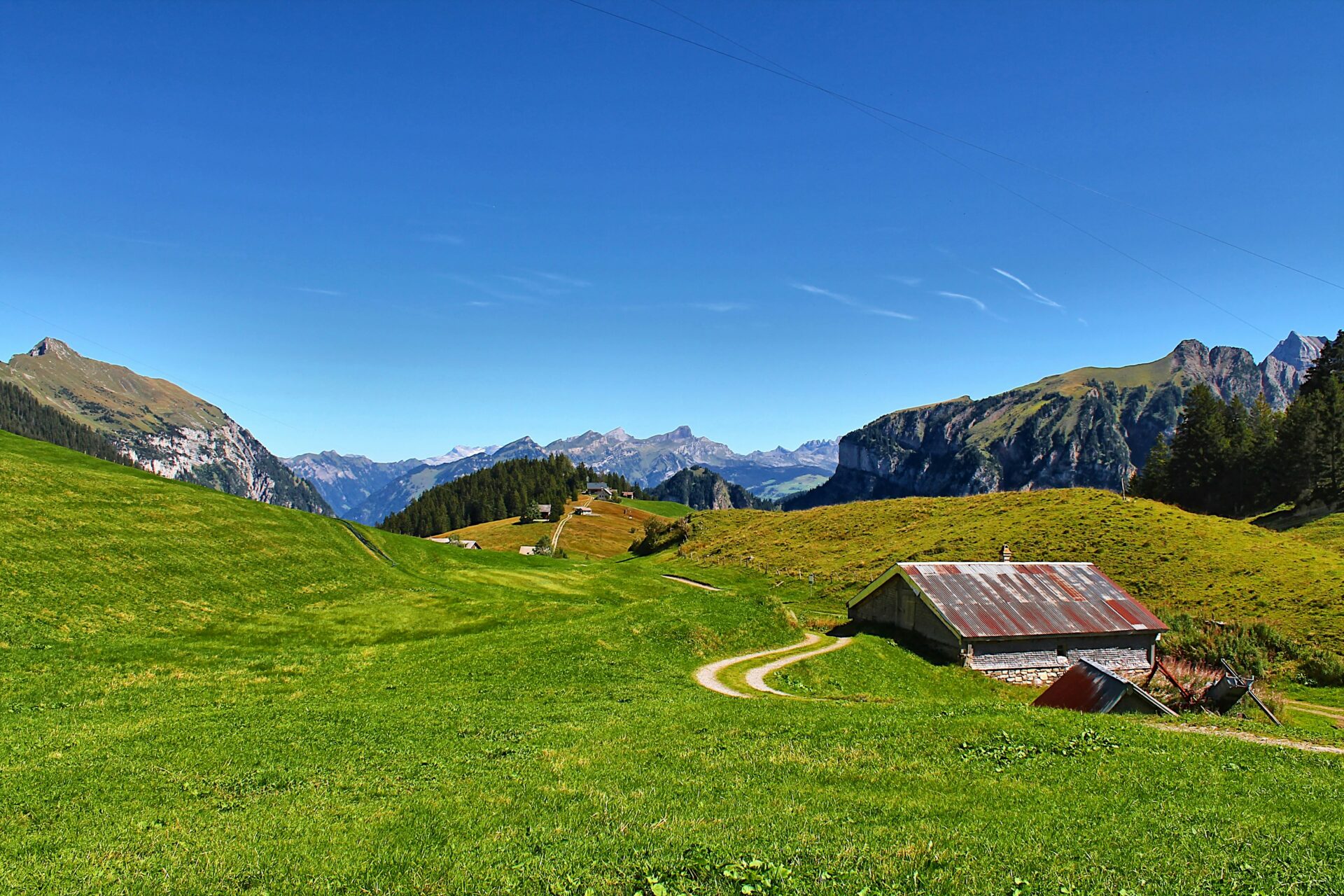
Crossing Cameroon’s Rainforests and Niger’s Deserts
In Cameroon, rainforest sounds—birds, frogs, falling rain—surrounded me.
The air got warm and sticky, and lush plants lined the path.
I reached out to touch giant leaves and saw models of local wildlife.
Information panels explained why rainforests matter for biodiversity and how people adapt to life in such a wet, green place.
Leaving the rainforest, I entered Niger’s desert zone.
The humidity dropped right away, and the heat hit hard.
Sand crunched beneath my feet, and I heard the wind outside a nomad tent replica.
Displays and stories from locals made it clear how tough it is to find water in this environment.
Maps and digital displays broke down the science behind these extremes.
I learned how each location’s climate shapes its culture, challenges, and daily solutions—all through interactive, immersive exhibits.
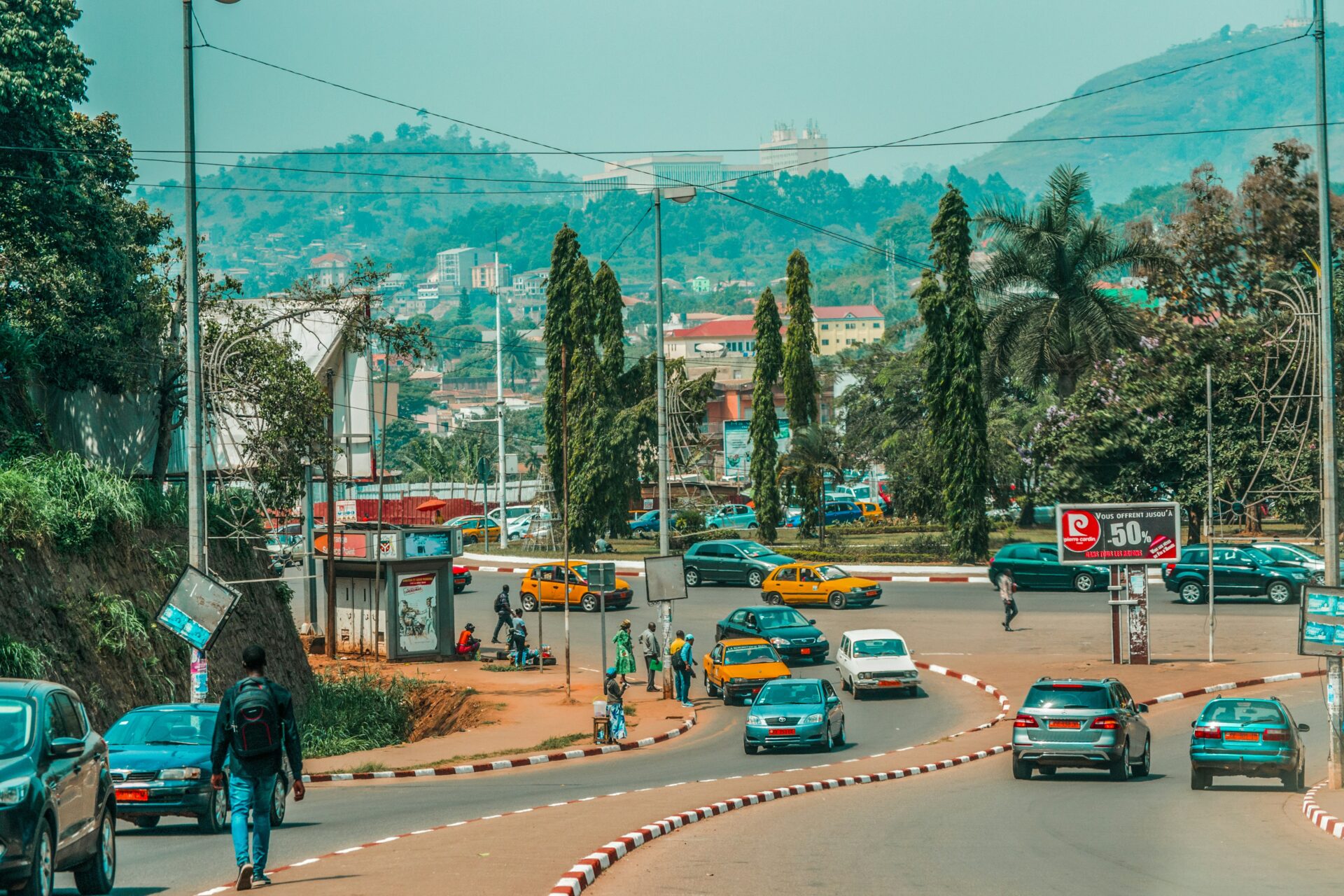
Around the World in One Day: Highlights of Each Stop
During my visit, I explored real places along the 8th meridian east.
Each stop showed me the climate, nature, and daily life in totally different environments.
Life in Satitoa, Samoa: The South Pacific Experience
Stepping into Satitoa, Samoa, the warmth and humidity hit me instantly.
The air felt thick, and the temperature made it feel like a true tropical paradise.
Birds and rustling palm trees filled the area, making it easy to picture life on a small Pacific island.
I learned how people in Satitoa depend on rainwater and have to protect their homes from storms.
Small houses on stilts are everywhere because flooding is a big risk during the wet season.
Displays about traditional fishing, cooking, and crafts highlighted just how important the ocean is for everyone here.
A short walk took me to the fringing reef area.
The exhibit showed off the variety of corals and colorful fish found just offshore.
The reef protects the coast and provides food, but I also realized how fragile these ecosystems are because of climate change and pollution.
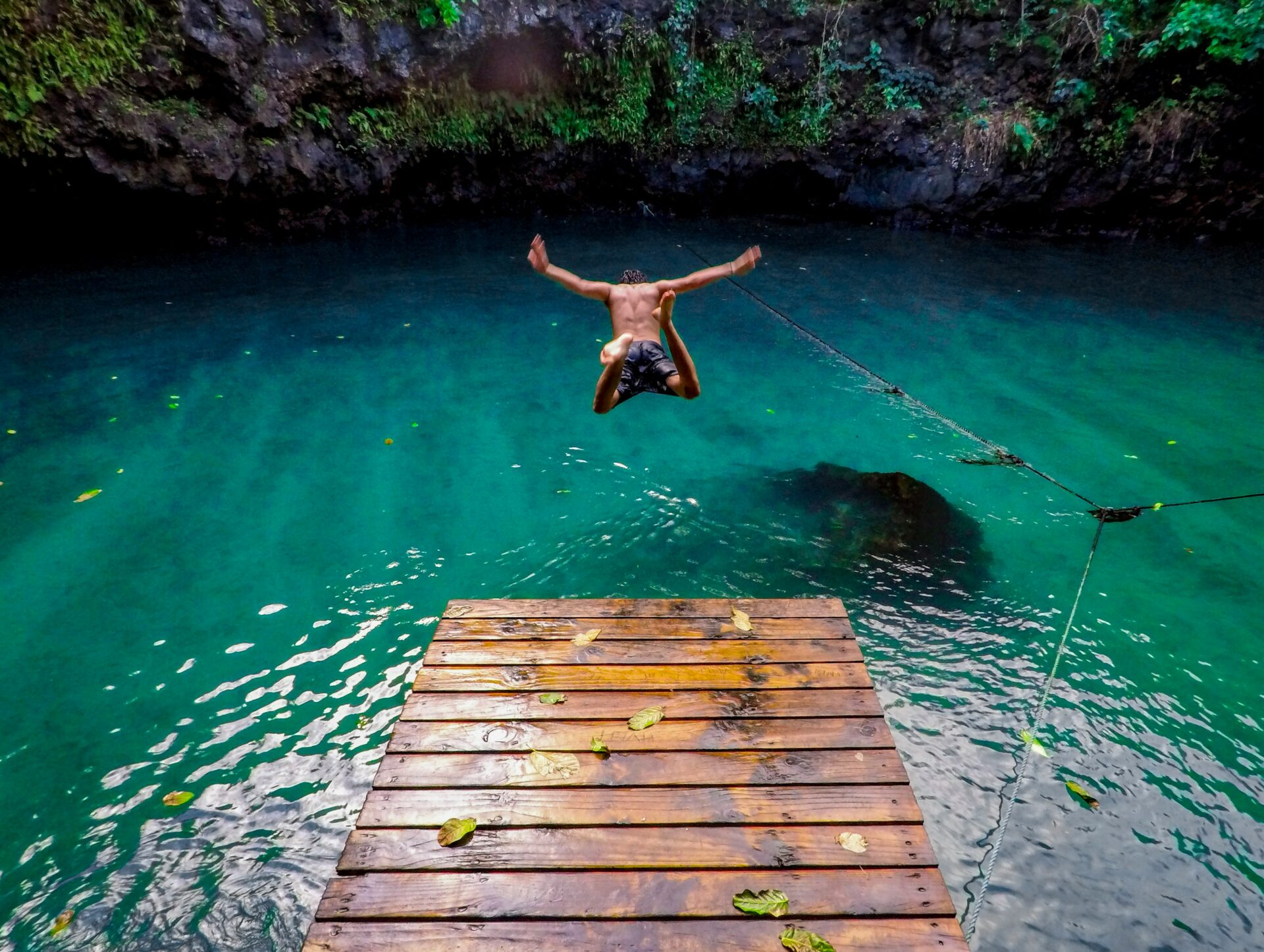
Coral Reefs and Aquariums: Exploring Marine Ecosystems
The aquarium section was packed with tanks showing real tropical marine life.
I watched living coral reefs with swaying anemones, darting fish, and even tiny crabs.
The water stayed warm to match the natural environment of the South Pacific reefs.
Boards explained how coral reefs form and why they matter so much.
Reefs give shelter and food to thousands of marine animals.
I got a close look at life above and below the water, watching clownfish, tangs, and all kinds of corals grow.
Seeing the beauty of these living reefs, I totally get why they need protecting.
The displays described threats like rising ocean temperatures and pollution, plus efforts to help coral recover.
I left amazed by the variety of life in such small underwater spaces.
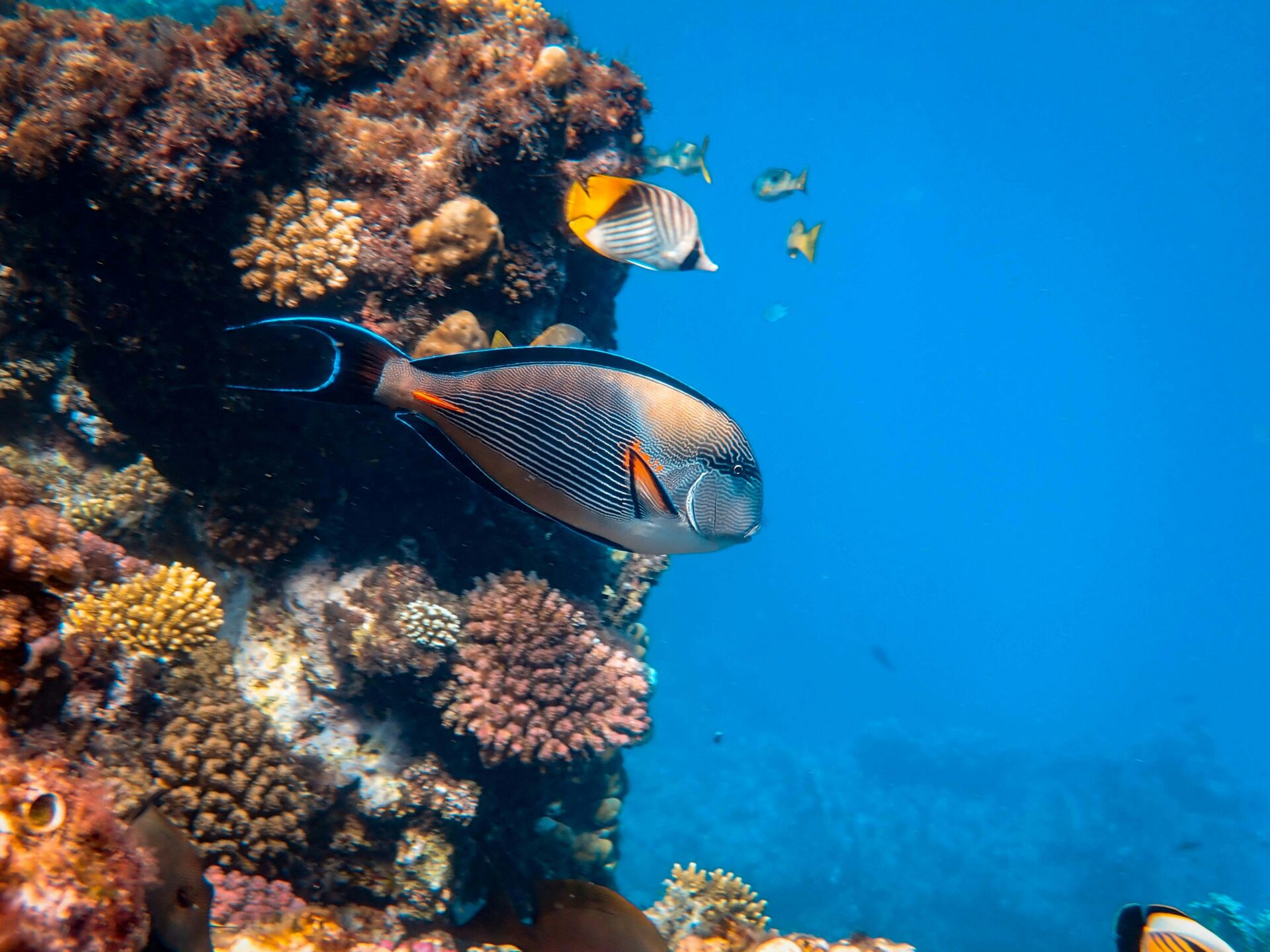
Alaska’s Arctic Chill and Antarctic Extremes
When I walked into the Alaska exhibit, the temperature dropped, and I could see my breath in the cold air.
The room was dark, with pale blue lights and icy walls.
Touching real ice blocks, I got a sense of what it might be like to live in a freezing northern village.
I learned how people and animals adapt just to stay warm.
Display cases showed thick clothing, fur-lined boots, and shelters made to trap heat.
Signs described how food is hunted or fished from frozen waters, and how travel can be tough in long, snowy winters.
The journey continued to Antarctica, where the cold got even more intense.
Videos of glaciers and penguin colonies played, along with facts about how scientists live and work in isolated research stations.
I was surprised by how much life exists even in the world’s coldest, driest place—and how climate change threatens these icy regions.
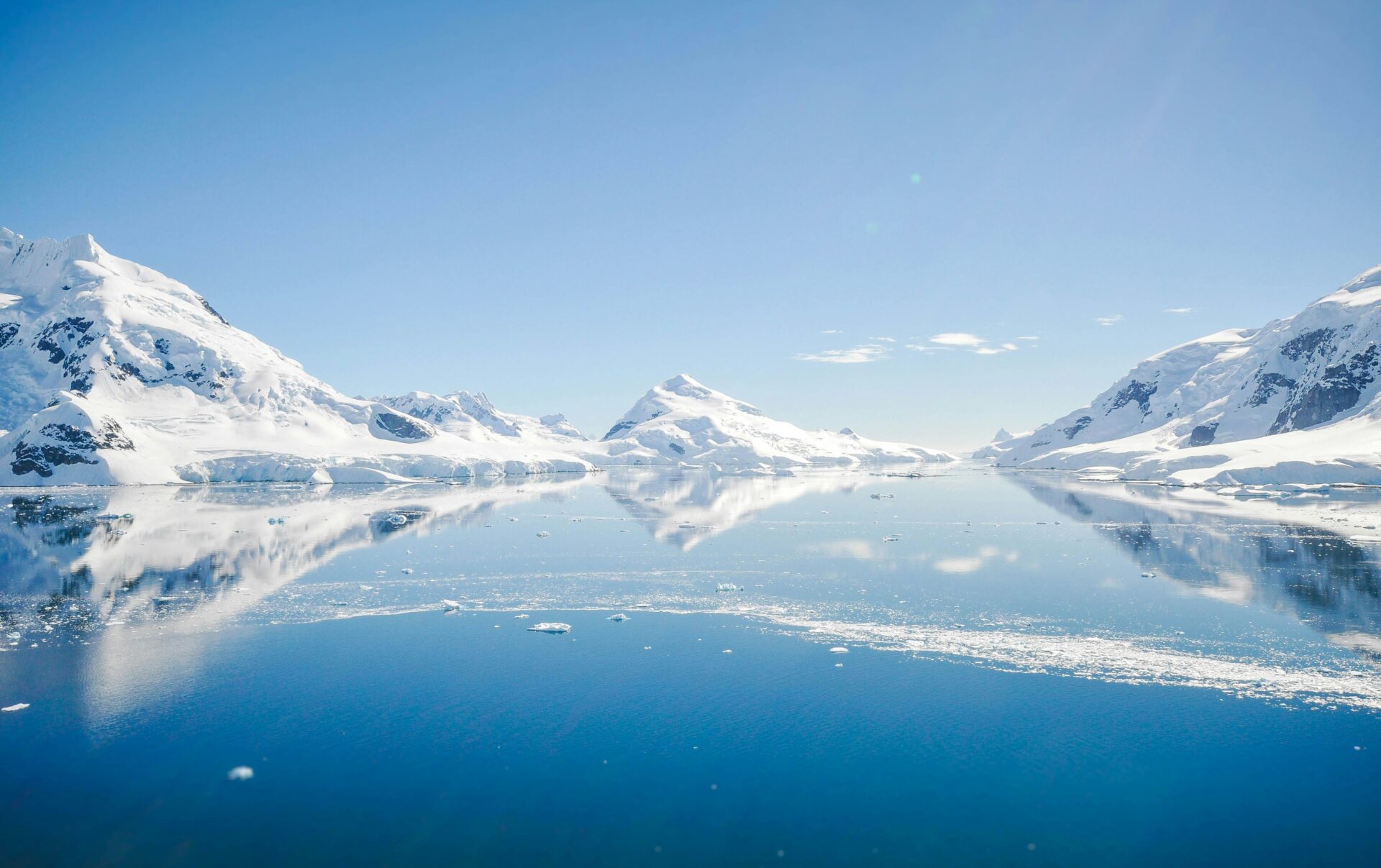
Experiential Exhibits and Family-Friendly Activities
At Klimahaus Bremerhaven 8° Ost, I found hands-on exhibits, educational journeys about the environment, and displays that kept me busy for hours.
Each area gave me a chance to see how climate shapes real people’s daily lives around the globe.
Interactive Exhibits for All Ages
The museum lets you experience different climate zones up close.
I walked from the humid heat of a rainforest to the chilly air of polar regions—all without leaving the building.
Interactive stations let me touch, see, and hear things from every climate.
Kids and adults pushed buttons, watched live weather changes, and moved through rooms with real temperature shifts.
In one spot, I pumped water to see how it moves through river systems.
At another, I tried on clothes for a hot desert or icy tundra.
These hands-on activities made the science feel real.
Family highlights included:
- Simulated thunderstorms and fog
- Animal and plant models to check out
- Touchscreens with facts about weather in different countries

Learning About Climate Change and Deforestation
I learned how climate change affects people and nature worldwide.
Special displays explained why glaciers are melting and how rising temperatures threaten local traditions and food supplies.
A big section focused on deforestation.
I saw real-life examples of how cutting down forests changes rainfall and endangers animals.
Interactive screens let me compare healthy forests to damaged ones.
Stories from families living in areas hit hard by climate change played on short films and interviews.
The real effects on farming, fishing, and daily chores made the issue feel personal.
Tips for climate protection popped up as I moved through the exhibits.
I picked up simple advice for saving energy and cutting waste at home.
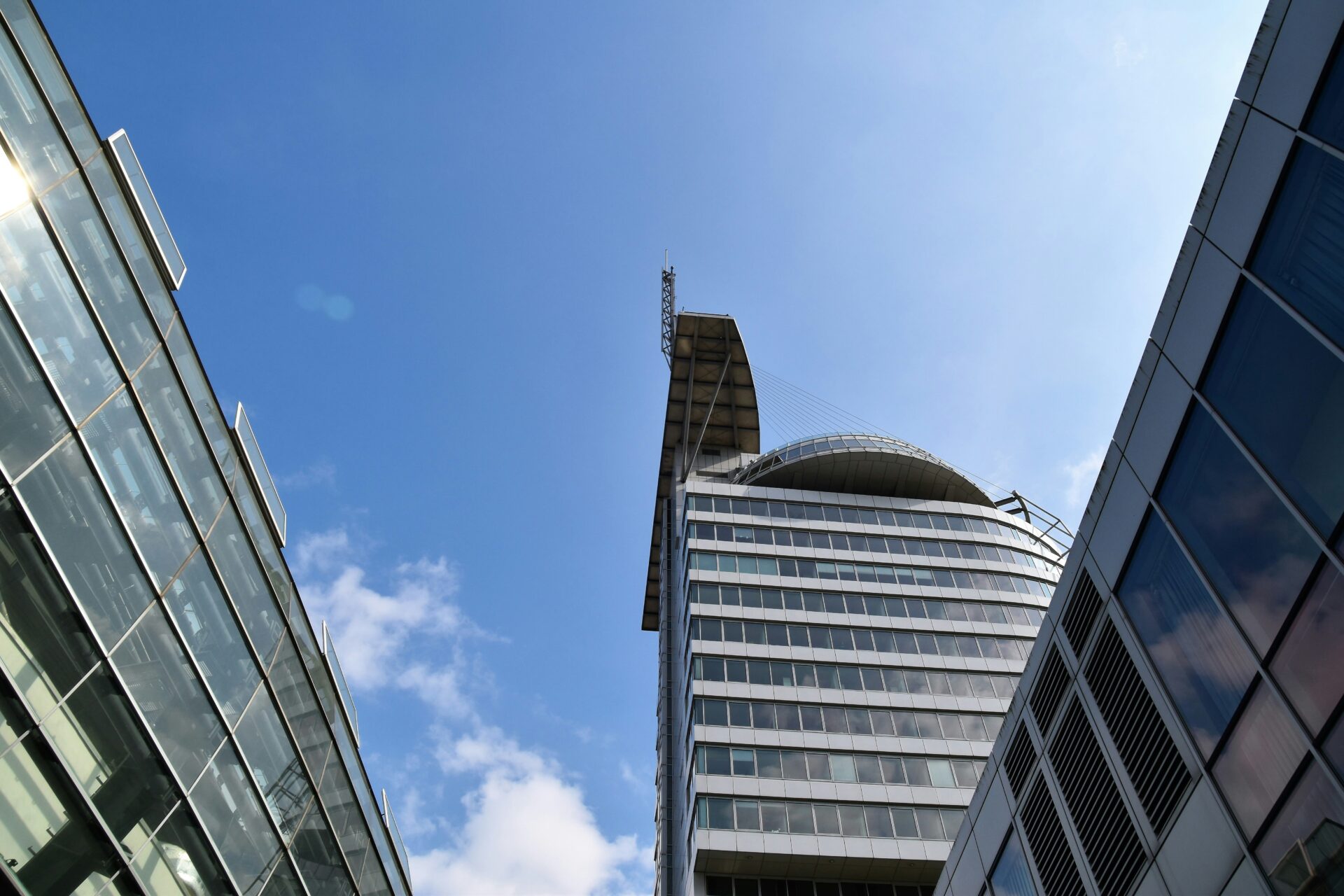
Must-See Attractions and Special Exhibitions
Some areas of Klimahaus really stood out.
The themed journey along longitude 8° 34′ E took me through rooms decorated to match places from Switzerland’s snowy peaks to Cameroon’s humid forests.
Top attractions:
- The “Journey Around the World” trail, following one line of longitude
- Huge aquarium displays with native species
- Temporary exhibitions about current climate topics
Special events and workshops were happening for families and school groups.
I joined a group to build a model of an energy-efficient house and watched a demonstration on how weather is measured.
Guides were always nearby, ready to answer questions or help explain tricky ideas.
I loved how much effort went into making the experience educational while still being fun for everyone.

Visitor Information and Practical Tips
Klimahaus Bremerhaven 8° Ost offers a well-organized experience, but a little planning makes the visit smoother.
Admission details, directions, and what makes this museum special are all worth checking out before you go.
Admission, Hours, and Public Holidays
Klimahaus Bremerhaven 8° Ost charges an entry fee. Prices vary—adults, kids, families, and groups all get different rates. Students and seniors can sometimes snag a discount, which is always nice.
I usually check the official website or just call ahead before visiting. Fees change now and then, and special exhibitions sometimes cost a bit extra.
Most days, the museum opens mid-morning and closes late afternoon. On weekends, you might find it open a little longer, but honestly, the hours shift around. It’s open nearly all year.
But it does close on certain public holidays—definitely Christmas, and probably New Year’s Day too. If you’re planning a visit near a holiday, double-check the schedule so you don’t get caught out.

Planning Your Trip and Getting There
You’ll find the Klimahaus right on Bremerhaven’s lively waterfront, not far from the train station and other cool spots. Public transport makes getting there pretty painless; trains and buses both stop close by.
If you’re driving, there’s parking in garages near the museum, though they fill up fast when it’s busy.
I noticed the signage from the main transport points made things easy, which is a relief in a new city. Families and school groups can join special programs, but you’ll want to book those ahead of time.
Bringing snacks works if you’ve got picky eaters, but honestly, the cafés inside serve up solid options for meals and drinks.
The museum supports wheelchair access and strollers, so folks with different needs won’t have much trouble. I’d say wear comfy shoes—walking through all those climate zones takes longer than you’d think.
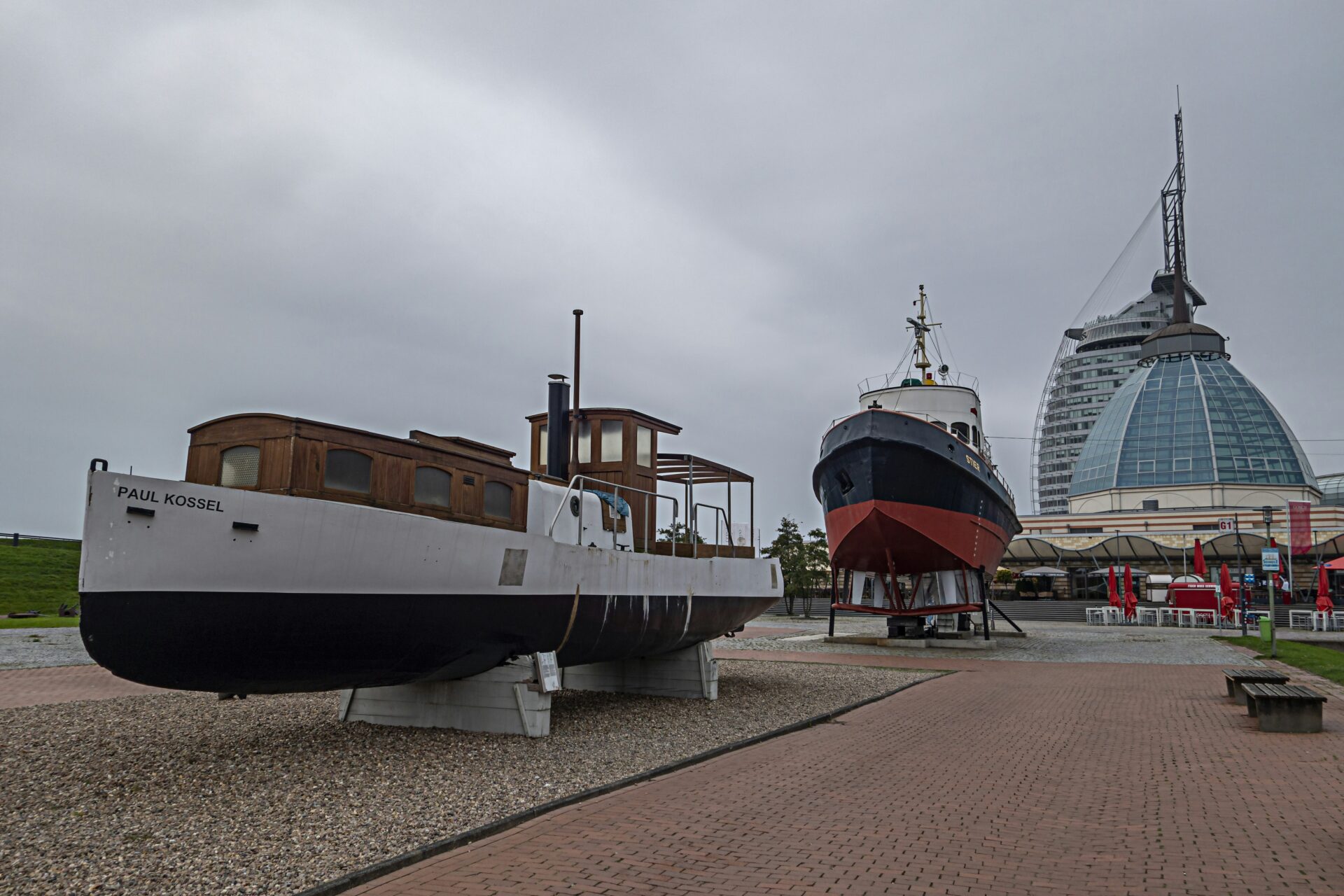
Perspectives: What Makes the Klimahaus Unique?
What really sets Klimahaus apart for me? It’s the way the place focuses on an actual journey along the 8° east longitude.
You’re not just wandering through a typical science museum. Instead, you become a traveler—one minute you’re sweating in a desert, the next you’re shivering in icy Antarctica.
All the while, you pick up bits about weather, climate change, and how people live in wildly different environments. The museum throws you into these interactive exhibits, where the temperature shifts and sound effects keep you on your toes.
Every room feels like a fresh adventure. I loved how they use stories from people living along the 8° Ost route.
Hearing firsthand about their daily lives and climate challenges really made me pause. That human angle? It connects those huge topics like climate change to actual people, and suddenly, it all feels a lot more real.

